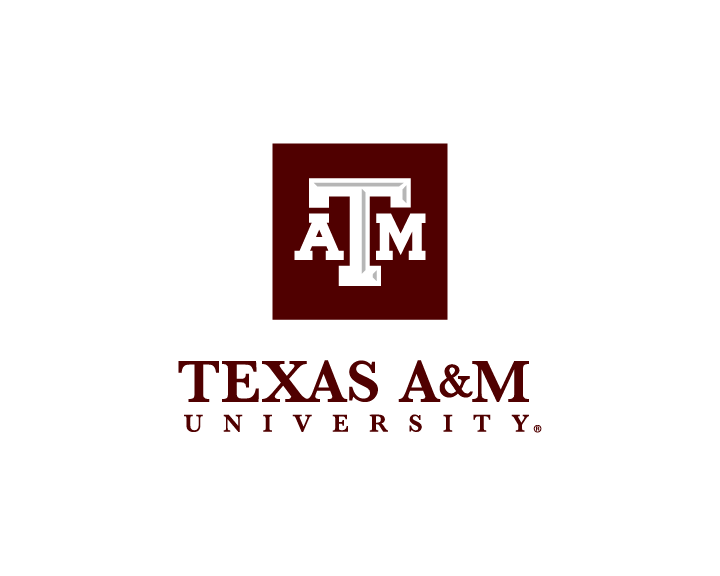Texas A&M: Black Friday In An Age Of Uncertainty
Texas A&M University’s Venkatesh Shankar predicts fewer discounts, with lower prices primarily on less-expensive and less-popular items, and a reduced selection of gifts and other consumer goods overall.
“Our first choice in products or brands might not be available,” said Shankar, a marketing professor with Mays Business School. “We might have to settle for something else. The bottom line is, if you see what you want, grab it.”
In addition, Shankar said customers shouldn’t wait until the last minute. Several major grocery and retail chains have announced that they will be closed on Thanksgiving, Christmas and New Year’s Day in response to nationwide staffing shortages.
“This reflects the trend of showing compassion for employees, but it also reflects the labor shortage that we see across the nation,” he said. “This was an easy decision for retailers.”
Staff shortages and increasing costs will also mean that some online retailers will refund the costs of returned items without requiring the actual item.
“I expect some online companies to say, ‘just keep it,’ if getting the item back is too expensive,” Shankar said. “Physical stores still should be able to absorb the cost of returns, however.”
On the flip side, Shankar said retailers can expect an increase in sales, with more shoppers venturing to physical stores as the COVID-19 vaccine increases consumer confidence in being around others. In addition, sales of apparel and shoes will increase as more customers return to the physical workplace.
Despite this, he expects online sales to account for only about one fourth of total holiday sales.
“But beyond that, even the top marketing and retailing experts cannot predict what the next few months will bring,” Shankar said, noting that estimates for total retail sales in the United States this holiday season range from $850 billion to $1.3 trillion, depending on the source.
“The one thing we can be sure of is that many shortages will last well into 2022 and into 2023,” he said.
The COVID-19 pandemic disrupted the global supply chain as quarantines and illness reduced the amount of goods produced and the ability to transport goods around the world. This led to shortages of critical parts such as computer chips for automobiles and electronics, and to inflation that has reached a 30-year high.
In addition, Shankar says social unrest and political polarization, as well as climate change, make forecasting the nation’s economic future even more complicated.
“I cannot think of a comparable situation of this magnitude at any time in our history,” he said. “The hope is that things will start to be resolved once the supply chain shortage is controlled and labor comes back into the workforce, but there is no single solution.”
On the one hand, Shankar said inflation is a dangerous sign of what might lie ahead, given the number of people who already struggle to make ends meet because of the effects of the pandemic.
On the other hand, however, he said there is reason for optimism now that COVID-19 appears to be “tamed” through vaccines.
“These issues will have to be attacked simultaneously and from many different fronts,” Shankar said. “It will require concerted efforts at the state and federal level, and in the business world. A single party or institution cannot solve a problem this complex, and it will take time.”
In the meantime, Shankar said, consumers need to prepare for more months of uncertainty.

